Selecting a trek route that aligns with your fitness level, interests, and time constraints is crucial for an enjoyable experience. Nepal offers a variety of trekking trails, each showcasing unique landscapes, cultural encounters, and challenges. For beginners, routes like Poon Hill or the Annapurna Base Camp offer a balanced mix of manageable trails and beautiful scenery without extreme altitudes. For those seeking a more intense experience, the Everest Base Camp trek or the Manaslu Circuit offers high-altitude paths with awe-inspiring views of some of the world’s tallest peaks. Deciding which trek to embark on depends on the level of physical challenge you're ready to undertake and the kind of environment you want to immerse yourself in.
Each region presents a distinctive experience, from lush lowlands and dense forests to desolate, high-altitude trails. Some treks, like the Langtang Valley, allow trekkers to explore remote villages and interact with local communities, offering rich cultural insights. Other routes, like the Upper Mustang, showcase a dramatic, desert-like landscape with ancient monasteries and Tibetan culture. A well-chosen route can elevate your trekking experience, leaving you with unforgettable memories and a deeper connection to Nepal’s diverse landscapes and culture.
| S.N. |
Trek Route |
Region |
Duration |
Difficulty |
Max Altitude |
Action |
| 1. |
Annapurna Base Camp |
Annapurna |
7–10 days |
Moderate |
4,130m |
View Packages |
| 2. |
Poon Hill |
Annapurna |
4–5 days |
Easy |
3,210m |
View Packages |
| 3. |
Everest Base Camp |
Everest |
12–14 days |
Challenging |
5,364m |
View Packages |
| 4. |
Langtang Valley |
Langtang |
6–8 days |
Moderate |
3,870m |
View Packages |
| 5. |
Upper Mustang |
Mustang |
12–14 days |
Moderate |
3,840m |
View Packages |
| 6. |
Manaslu Circuit |
Manaslu |
14–18 days |
Difficult |
5,160m |
View Packages |
Proper equipment makes all the difference in comfort and safety on a trek. Packing thoughtfully ensures you’re prepared for the Himalayas’ variable conditions.
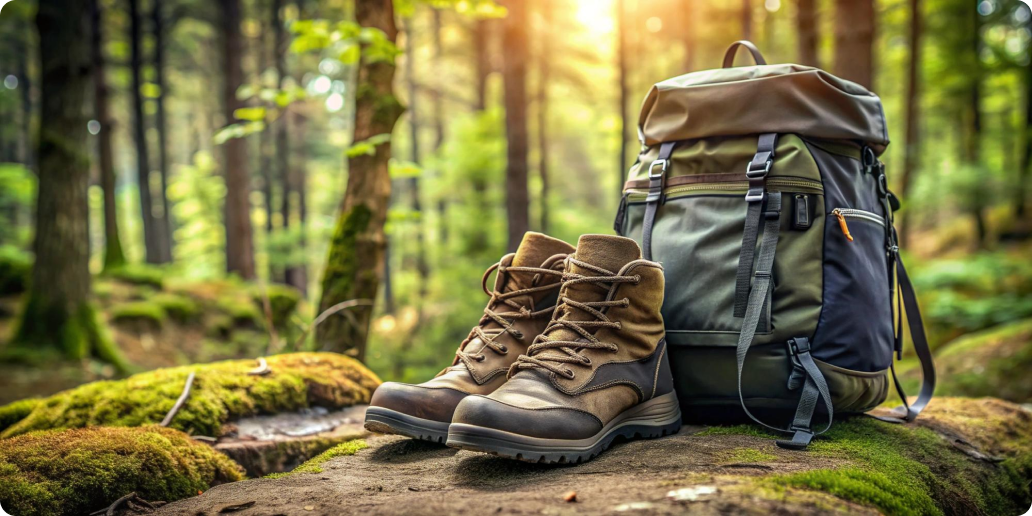
1. Clothing: Quick-Drying Layers, Warm Jacket, and Thermal Base Layers
For trekking in Nepal’s varying climates, clothing that can adapt to rapid temperature changes is essential. Quick-drying layers are invaluable, as they wick moisture away from the skin and prevent chills, even when sweating. Lightweight, breathable fabrics like synthetic blends are ideal for these base layers. Over these, a warm, insulated jacket is crucial for keeping out the cold at higher altitudes where temperatures can drop sharply, especially in the early mornings and evenings. Additionally, thermal base layers are highly recommended for colder nights and high-altitude sections, providing an extra layer of warmth and comfort when temperatures plummet. By layering effectively, trekkers can easily adjust to the day's climate variations, ensuring comfort and safety on the trail.
Additional Recommended Items
- Trekking poles (to reduce joint stress on descents).
- Reusable water bottle with water purification tablets.
- Power bank for electronic devices, especially for longer treks.
Physical Preparation for the Trek
Preparing physically for a trek in Nepal’s Himalayas is essential to ensure a comfortable and safe experience. High-altitude trekking involves continuous walking on uneven trails, often for multiple days, which can be physically demanding. Regular cardiovascular exercises, like jogging, swimming, or cycling, can enhance your endurance, while strength training—particularly for the legs—will help you manage the steep ascents and descents. It’s also beneficial to focus on flexibility, as a supple body is less likely to suffer strains and injuries on the trail. Many trekkers recommend starting physical preparation at least 6–8 weeks before the trek to build the necessary stamina.
Mental preparation is equally important, as trekking can be both physically and emotionally challenging. Building a daily routine of walking or hiking with a loaded backpack can simulate the conditions on the trail and acclimate your body to the added weight. Adapting to a slower pace and focusing on breathing techniques can also help as you ascend to higher altitudes. Remember, taking it slow and steady is key to minimizing fatigue and reducing the risk of altitude sickness. A well-prepared trekker is much more likely to enjoy the journey fully.
“I underestimated how much the altitude would affect my energy. After a few days of trekking, I realized how important my pre-trip cardio training was—it helped me keep up with the group and enjoy the views more!” – Sarah Thompson, USA
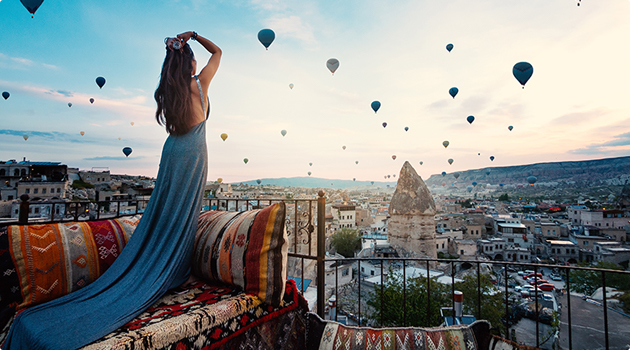



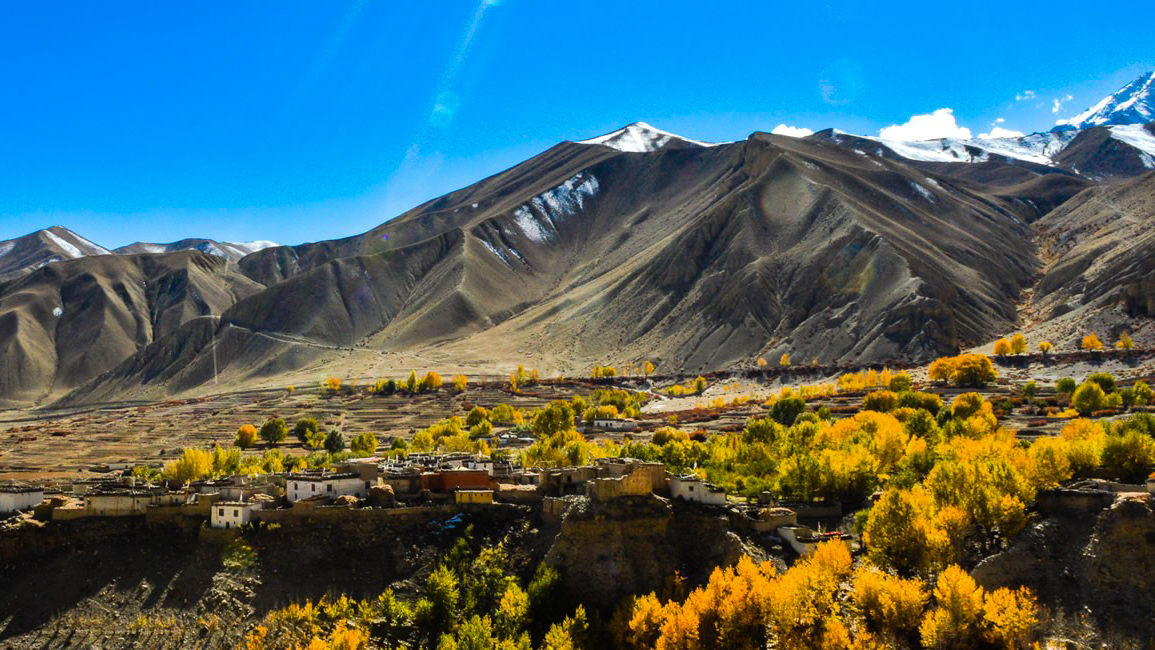
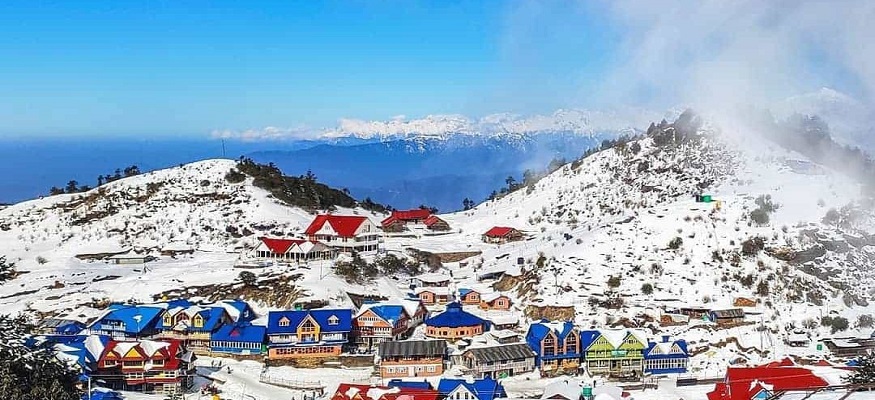

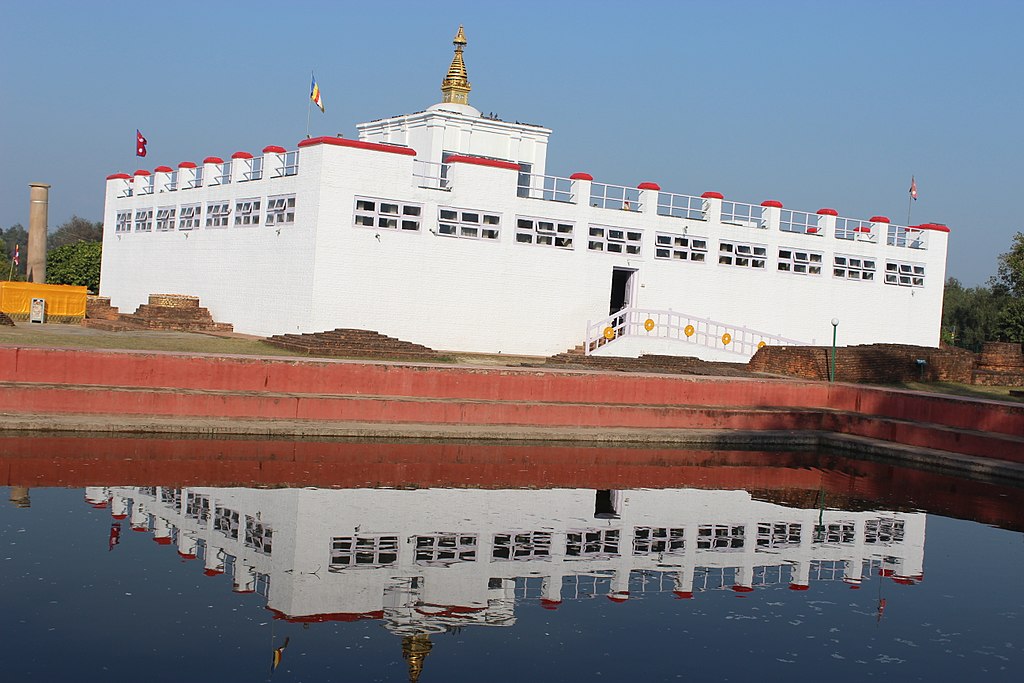

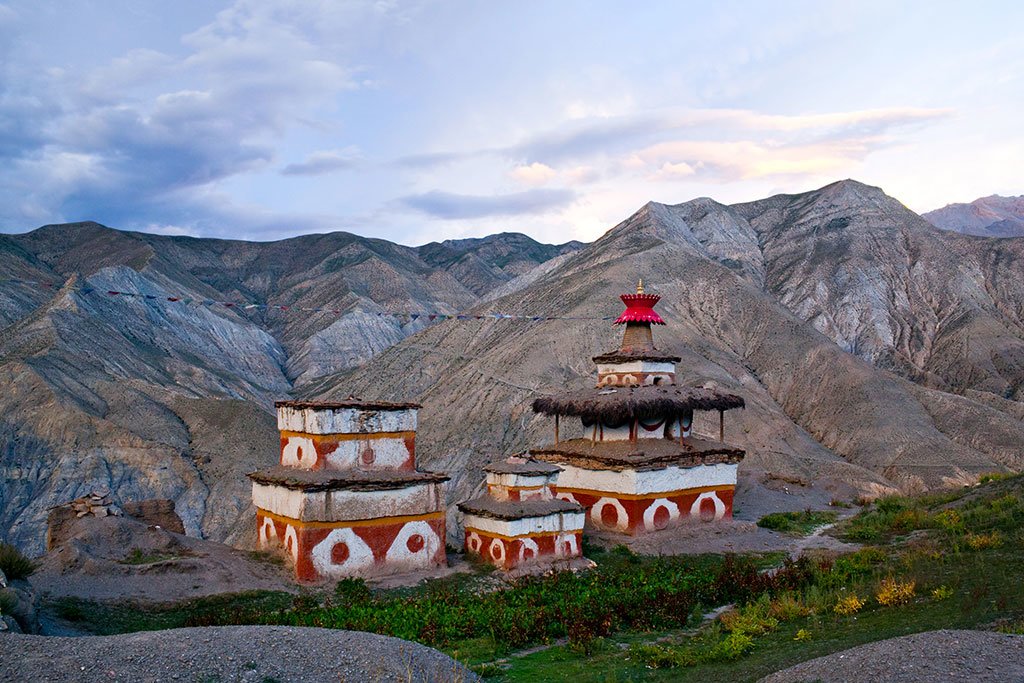

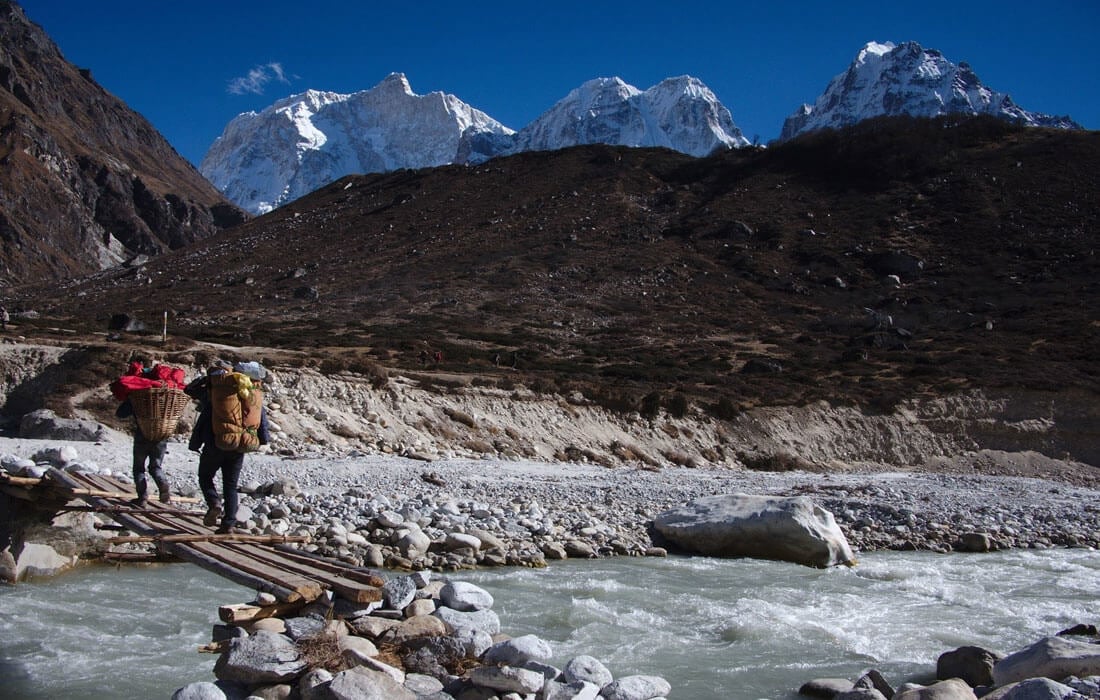






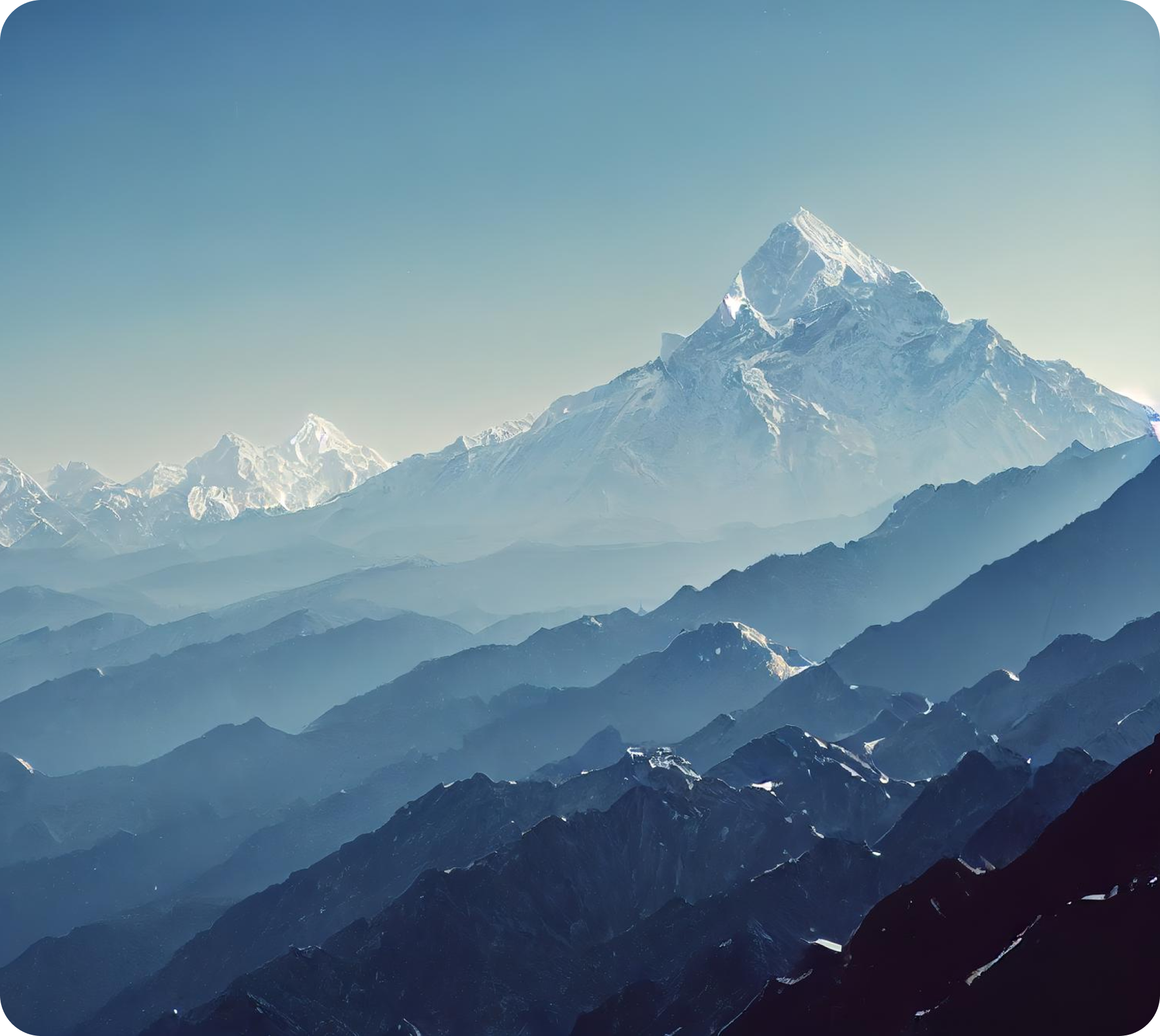

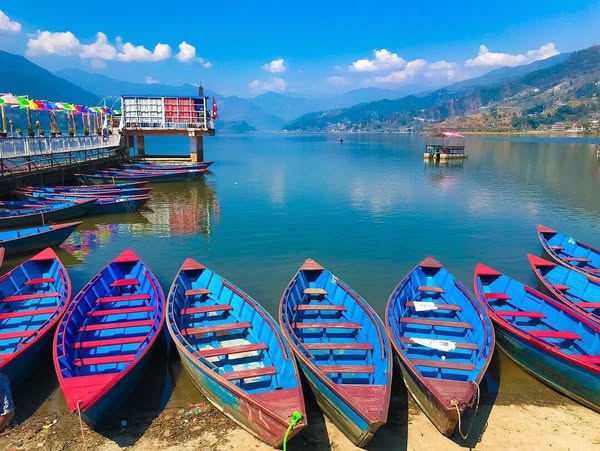

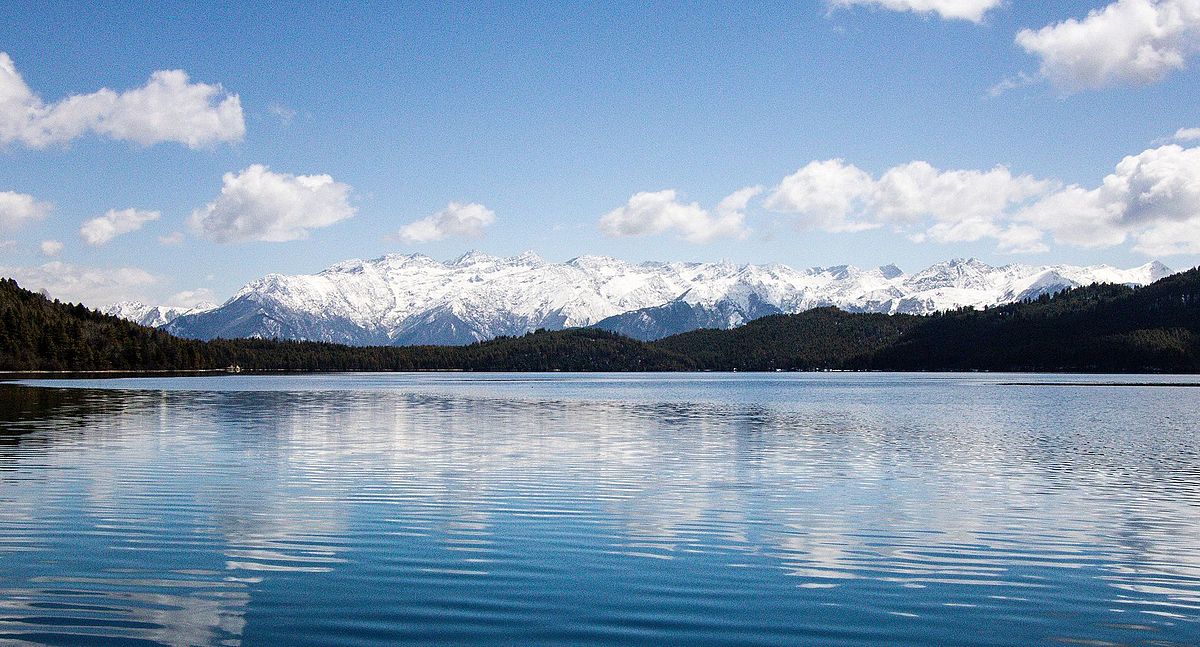

Comments 1
Laxmila Shrestha
06/01/25
This is first comment.